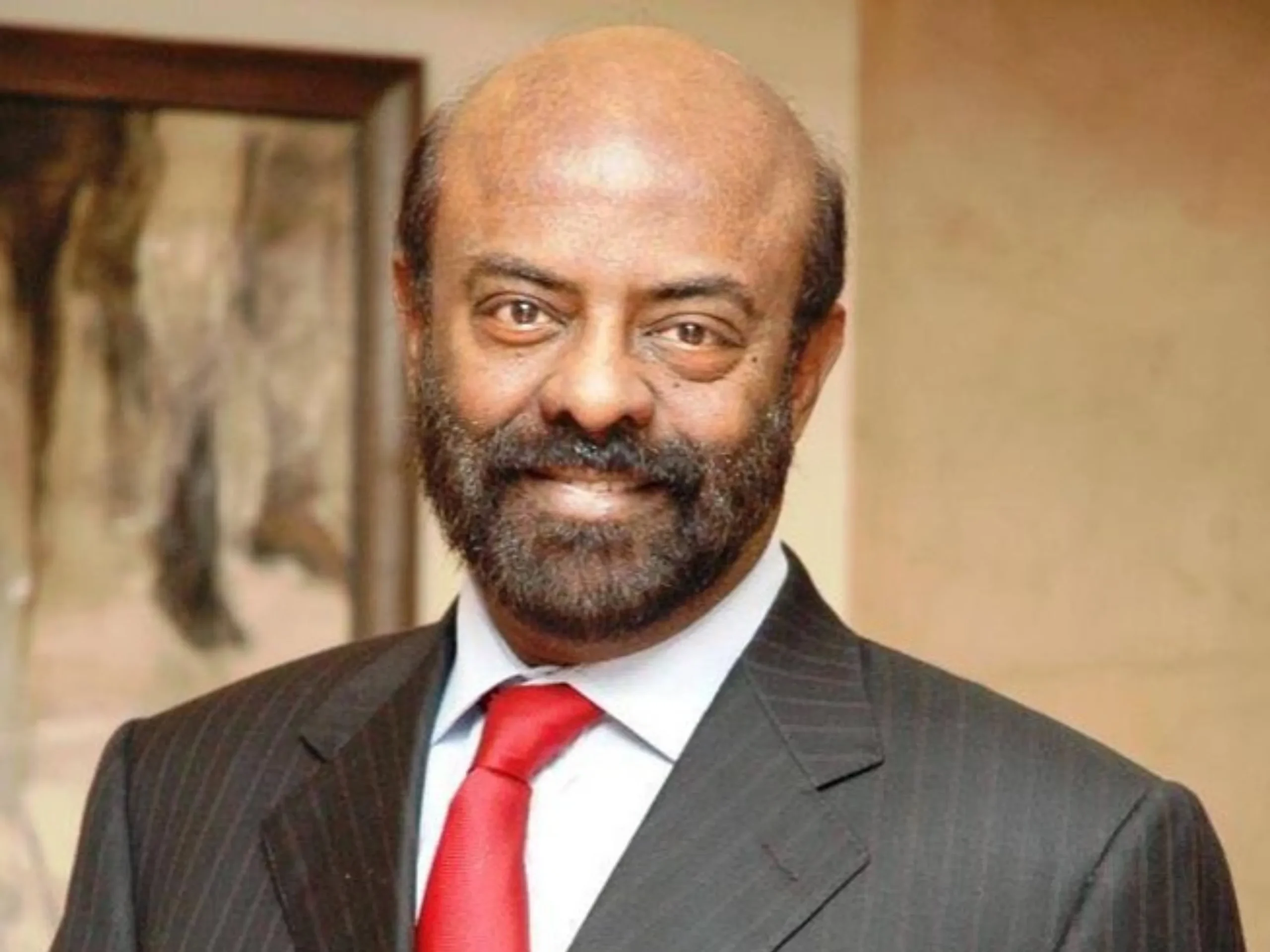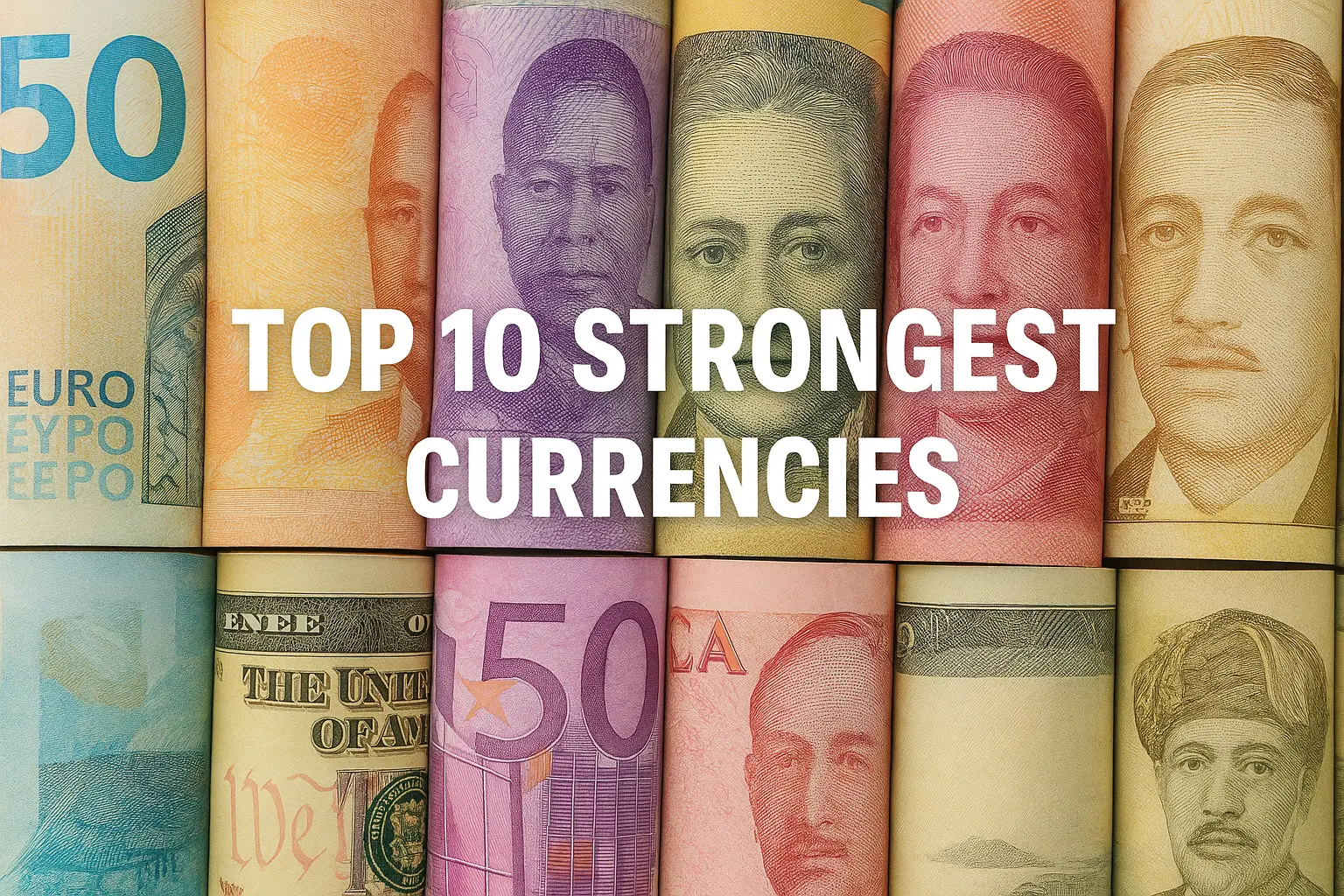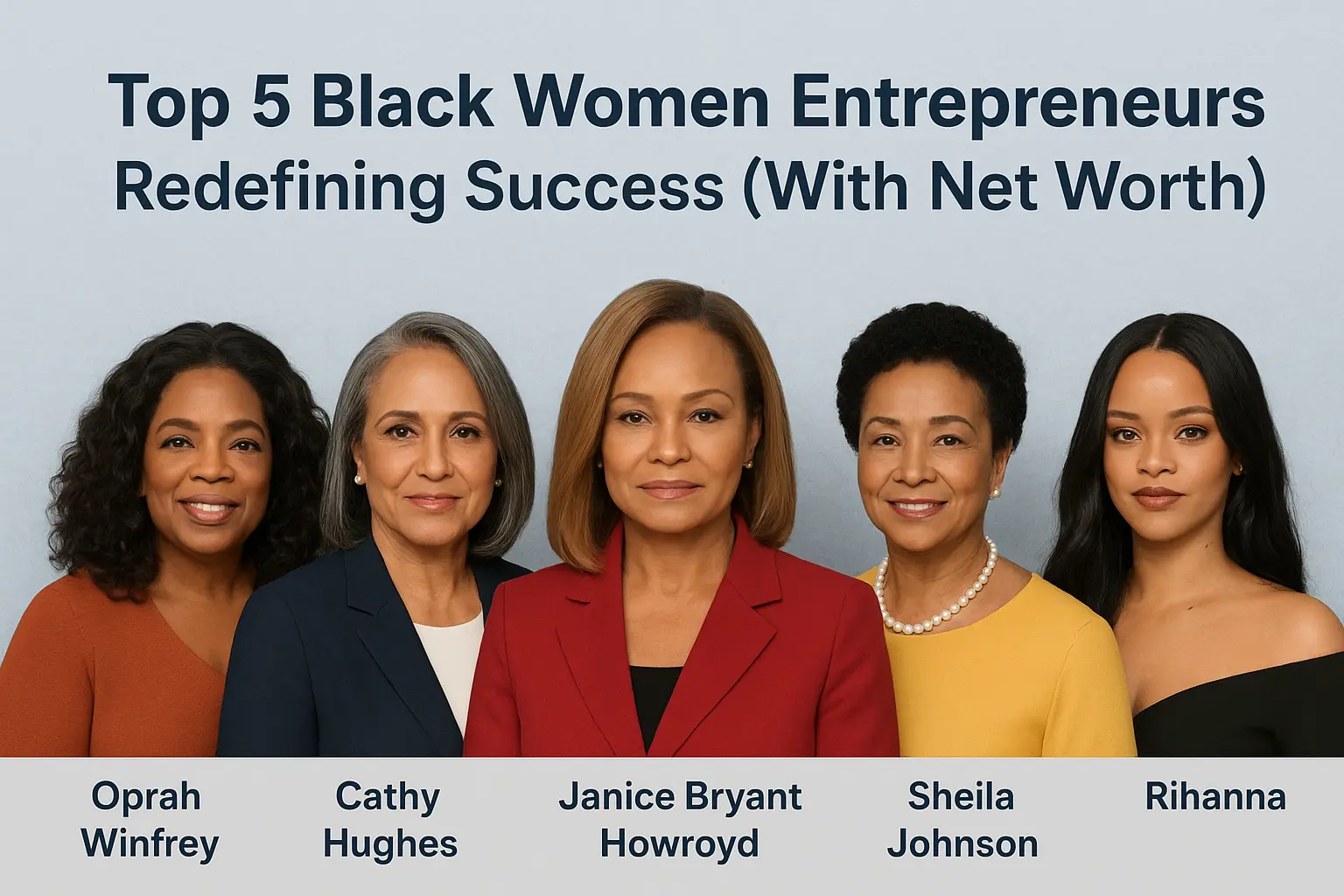The giving class in India has matured. It is now the gradual, painstaking building of organizations, concepts, and ecosystems that outlive any one news cycle rather than a yearly ritual of checks and photo shoots. In this sense, popularity goes beyond brand power. Through reliable rankings, open reporting, on-the-ground results, and a certain resilience when attention shifts, its prominence was won the hard way.
In this article, we are going to explore about the top 10 popular philanthropists in India 2026. Here presenting the list: –
Top 10 Popular Philanthropists in India
1. Shiv Nadar & family
Education at scale is a stubborn undertaking. The Shiv Nadar Foundation leaned in years ago and then kept going—schools, universities, arts and culture, with governance to match. What makes Nadar’s giving popular is not just magnitude; it’s the clarity of purpose and the quiet insistence on quality. Four things are constant: institutional design, professional management, independent boards, and a willingness to measure what matters. That combination, frankly, is rare. Which is why it keeps showing up as the sector’s reference point.
2. Mukesh Ambani & family
Reliance Foundation sits at the intersection of scale and delivery. Healthcare, education, rural transformation, disaster response—this is philanthropy and CSR braided together, backed by logistics most nonprofits can only dream about. Some purists argue it’s “too corporate.” To be fair, execution still wins. When a foundation exceeds statutory CSR thresholds, builds hospitals, and anchors rural livelihoods with data and discipline, people notice. The public reputation follows the operational footprint: when your teams show up reliably, so does trust.
3. Bajaj family
Old‑school philanthropy done with modern rigor. Bajaj trusts have been at this for decades, creating community infrastructure that isn’t glamorous but holds up everything else: schools, hostels, rural development, and primary healthcare. The family’s standing today rests on continuity. No sudden pivots to fashionable causes. No endless rebrands. Just the compounding effect of showing up in the same districts, with the same seriousness, year after year. In all honesty, that’s how reputations become durable.
4. Kumar Mangalam Birla & family
The Aditya Birla network has a broad canvas—hospitals, education, scholarships, tribal development—and a style that prizes stability over spectacle. Birla’s philanthropy is popular because it feels dependable; stakeholders know the programs will still be funded next year, and five years after. There’s also a pragmatic shift underway: more attention to public health infrastructure and outcomes, more partnerships, more evaluation. Not loud. Effective. And effectiveness, in the end, is what communities remember.
5. Gautam Adani & family
The Adani Foundation runs close to the group’s operating geographies—education, skill development, healthcare, and resilience programs around ports, power, and logistics hubs. Critics say that’s convenient. Communities will tell you it’s useful. Schools upgraded. Skills centers staffed. Clinics opened where they actually shorten travel time. The playbook is straightforward: align development with the economic map, then professionalize delivery. It may not be romantic, but in coastal towns and industrial belts, it’s tangible.
6. Nandan Nilekani
Nilekani’s giving is systems‑first. Think digital public infrastructure, urban governance, climate platforms, public health data—levers that upgrade the chassis so many others can build on it. Popularity here doesn’t come from ribbon‑cuttings; it comes from the quiet recognition among practitioners that nothing scales without rails. Interestingly enough, this brand of philanthropy ages well. As more state governments adopt digital rails, and more startups build responsibly on top, the early bets look prescient.
7. Rohini Nilekani
If civil society has a patient champion, it is Rohini Nilekani. Her portfolio funds exploration: water and environment, citizen capacity, social sector institutions, media literacy. It’s risk capital for societal learning curves. The approach is candid—support organizations with backbone and let them build. This is not the safest way to spend money; it is often the most catalytic. The public has warmed to that honesty. So have other donors, who increasingly co‑fund where she has gone first.
8. Hinduja family
Cross‑border resources, deeply domestic outcomes. The Hinduja Foundation’s mix is consistent: hospitals, education, community welfare. The P. D. Hinduja Hospital has become shorthand for both quality and access, and the family’s steadiness through economic cycles has made their giving feel like civic infrastructure. There’s nothing flashy about it. Which is precisely why it endures. In a year of higher overall giving, their place in the conversation feels like ballast.
9. Azim Premji
Lifetime impact towers over annual tallies. Premji’s philanthropy—through the Azim Premji Foundation and University—has redefined what a founder can do with wealth: long‑term investments in public education, teacher capacity, research, and a campus that produces graduates committed to service. Many donors admire it; some emulate it. The popular appeal comes from something simpler: credibility. When a person gives this much, this consistently, with no hunger for limelight, even the sceptical lean in.
10. Cyrus S. Poonawalla & Adar Poonawalla
Health outcomes rest on unglamorous basics. Vaccines at scale, sanitation, urban cleanliness. The Poonawallas are uniquely positioned to see the whole chain, from manufacturing to municipal realities. Their philanthropy leans into those adjacencies—public health programs, sanitation drives, and city‑level improvements through the VillooPoonawalla Foundation. It’s tidy work, yes, but consequential. When streets are cleaner and clinics less strained, people don’t always know whom to thank. They do notice life got easier.
Click Here:












Leave a Reply